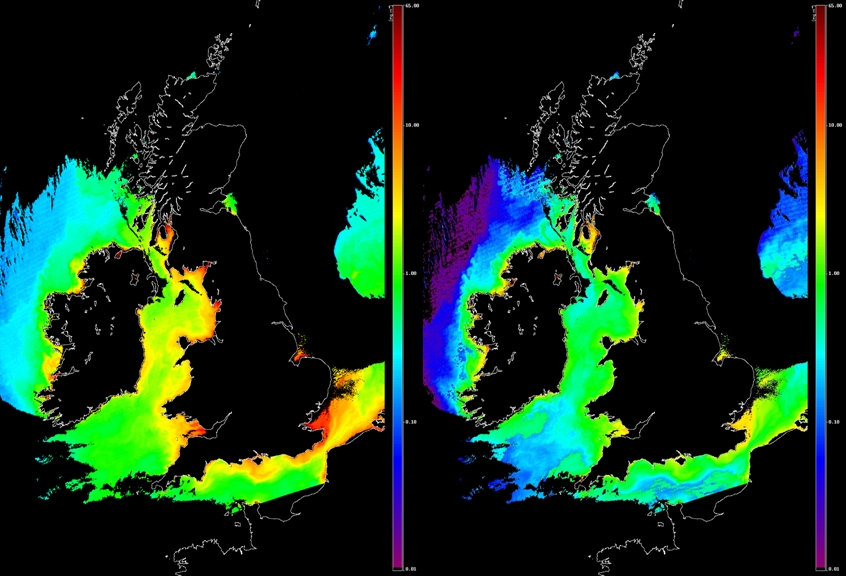Ocean colour remote sensing for optically complex natural water systems
Traditional OCRS algorithms tend to be optimised for the open ocean where phytoplankton and associated materials drive changes in water leaving radiance. Performance of these algorithms tends to degrade in areas with significant concentrations of non-covarying non-algal materials. Optically complex natural waters are found in a wide variety of habitats including: coastal and shelf seas, freshwater systems, open ocean areas with significant aeolian dust inputs. We are interested in the development of novel algorithms and approaches to improve the quality of OCRS products for these regions using a combination of in situ observations and radiative transfer simulations. Approaches currently under investigation include optimised regional algorithms based on identification of specific optical water types and spectral deconvolution methods.
Collaborators on this work:
| Dr Mike Twardowski | WETLabs Inc, USA |
| Dr Chuck Trees and Dr Violeta Sanjuan Calzado | NURC, Italy |
